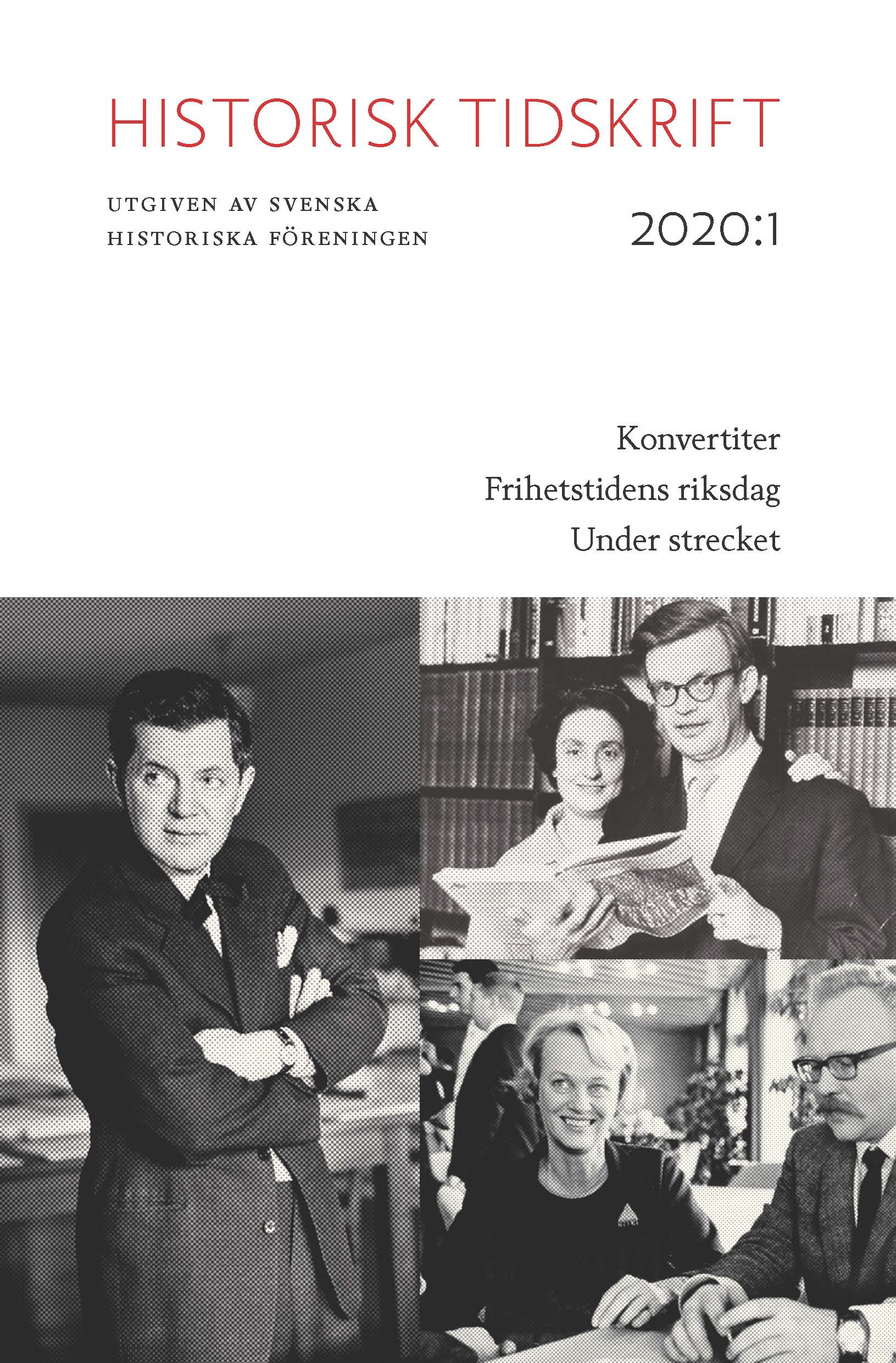Abstract
Jewish converts to Christianity in Stockholm 1775–1870
This article discusses Jewish integration and assimilation in the light of a study of Jewish converts in Stockholm from 1775, when Jews were allowed to settle in Sweden, to 1870, when they were politically emancipated. In this period, religion was linked to legal, national and social status. Baptism was not only a religious act, but had legal and social consequences. Quantitative analysis shows conversion patterns in birth cohorts and baptismal ages, and fluctuation over time. For the latter part of the period, patterns of inter-confessional marriages and the religious affiliation of children are investigated using the records of the Stockholm Jewish congregation and local parish records of the Lutheran Church. The study also highlights how individual and social circumstances encouraged baptism. The fates of individual converts are examined through diaries, biographies and magazines. In the late 18th- and early 19th century, relatively few Jews converted. Those who did were regarded with suspicion by the Jewish congregation. The Jewish population was segregated from the Christian community to a high degree. From 1810, Jewish families experienced socio-economic advancement and financially successful families developed contacts with the local bourgeoisie. Yet there remained a strong hostility toward Jews, especially among the lower bourgeoisie. The number of baptisms now increased dramatically. Around 20 per cent of the Jews born in 1790–1819 were baptized, but many converts remained in Jewish networks. The largest number of conversions took place during the 1830s, after which numbers dropped. The decrease is explained by the fact that the bourgeoisie became increasingly sympathetic to Jews. Both the bourgeoisie and the Jews supported the demands for political and economic liberalization and no longer perceived baptism as relevant to national affiliation. At the same time, Jews gained more and more rights, which removed nonreligious reasons to convert. In 1838, Jews were granted Swedish citizenship and such restrictions on civic rights that remained were gradually removed. When inter-confessional marriage was made lawful in 1863, the number of conversions dropped to only a few per year. At the same time, the proportion of mixed marriages increased dramatically. The assimilation process continued because the children of these marriages were usually raised in the Christian faith.

